
For years, the Air Force had been stuck in the expensive cycle of flying the oldest fleet in its history, spending extensively to keep it airworthy, and delaying replacements until the gap between capability and need became a chasm. This so-called “doom loop” has eroded readiness, driven up sustainment costs, and left the service vulnerable in an era of accelerating threats from peer adversaries.
Today, senior leaders drive the most comprehensive modernization effort in decades by marrying aggressive procurement with deep acquisition reform. It is not just about buying new jets rather, it is about how the Air Force remakes the way it works with industry, funds programs, and fields capability at the speed of relevance.
What follows are nine critical elements of this strategy-from sixth‑generation fighters to contracting shake‑ups-to reinstate credible deterrence and ensure the service can fight and win in the most unforgiving combat environments in the 21st century.
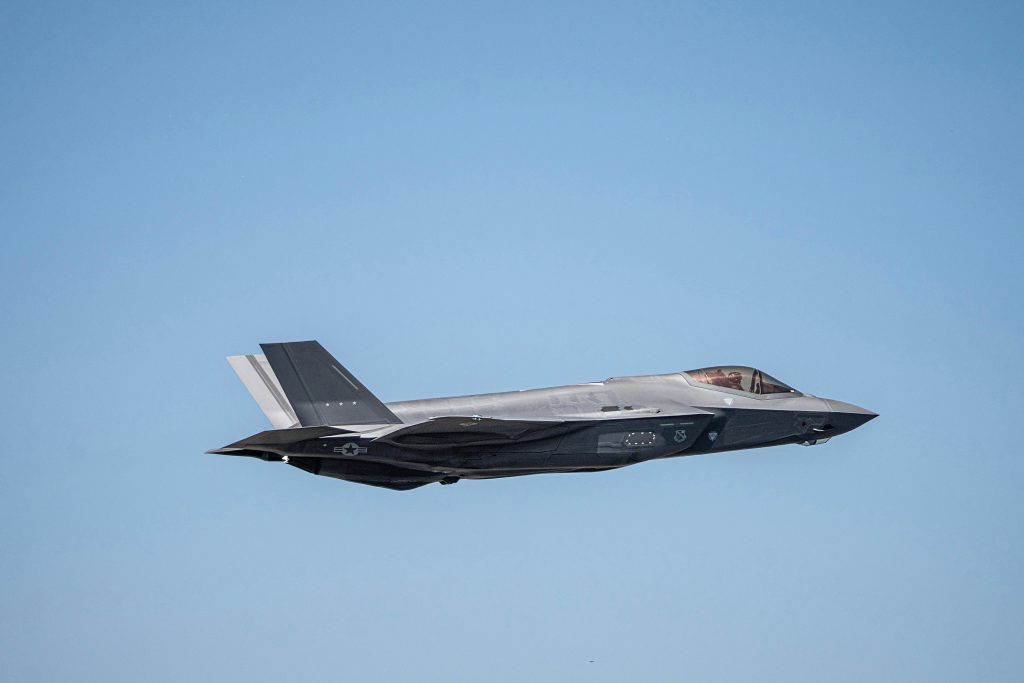
1. A 10‑Year Fighter Recapitalization Blueprint
Air Force leadership has provided Congress with a decade-long plan for growing capacity while diversifying capability by balancing retaining select legacy aircraft and divesting the oldest tails while accelerating F‑35A and F‑15EX buys, and pressing forward on sixth‑generation air dominance and CCA. It is a well-rounded portfolio, avoiding the trap of overinvesting in any one platform mistake the other services have made.
This blueprint would reverse the readiness spiral created by aging fleets and a shortage of parts, operationalizing the readiness of the Air Force to maintain and further develop a mix of proven and next‑gen systems as it sustains its global presence against dense integrated air defenses, advanced electronic warfare, and hypersonic threats.
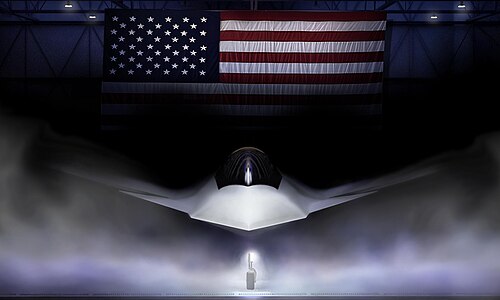
2. The F‑47: Flagship of Air Dominance
The F‑47 used to be called NGAD, and it will take the place of the F‑22 Raptor with none like it in range, speed, and stealth. General David Allvin has said it will fly with autonomous CCA wingmen to extend its range and lethality. With a combat radius more than 1,000 nautical miles and speeds over Mach 2, it’s designed for dominance in highly contested airspace.
The Air Force intends to buy at least 185 F‑47s, which is as many or more than currently fly in the F‑22 fleet. Early production has already begun, and industry enthusiasm is undeniably high Allvin reported that Boeing workers cheered when they were told they’d get to build the aircraft-a signal of the symbolic and strategic heft of this program.

3. Collaborative Combat Aircraft as Force Multipliers
These are unmanned, autonomous or semi-autonomous aircraft designed to operate in concert with manned fighters. They will be equipped with sensors and weapons or function as decoys. CCAs will enable scaling of combat mass in a cost-effective way, without the additional costs associated with manned platforms. They can absorb some of the risk in contested environments, extend sensor coverage, and complicate enemy targeting.
Funding for CCA development is sharply growing, reflecting their central role within the Air Force’s future force design. The service aims, by pairing up CCAs with fifth‑and sixth‑generation fighters, to multiply the effectiveness of each sortie while preserving pilot survivability.
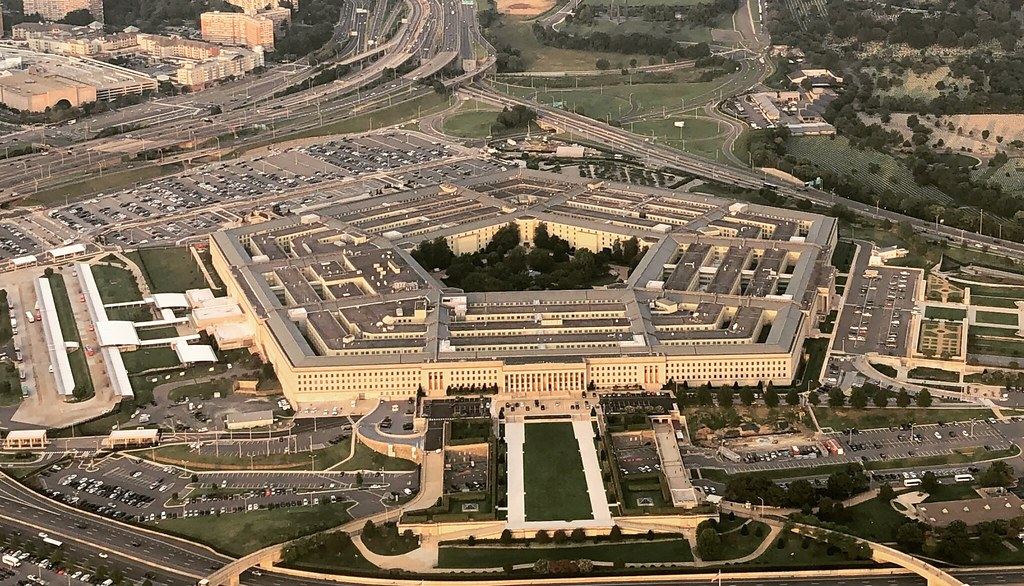
4. Acquisition Reform to Accelerate Delivery
A draft Pentagon memo outlines sweeping acquisition reforms that would pare down internal review layers, empower new Portfolio Acquisition Executives, and put commercial-first approaches atop the hierarchy. The effort seeks to reverse what the memo refers to as “unacceptably slow acquisition fielding times” driven by fragmented accountability, broken incentives, and procurement patterns inhibiting industry investment.
This involves key measures such as performance scorecards, time-indexed incentives, dual-sourcing of critical components, and scalable production strategies. These changes give the program leaders flexibility to adjust resources against the evolving threats while holding the government and contractors accountable on schedule and cost.
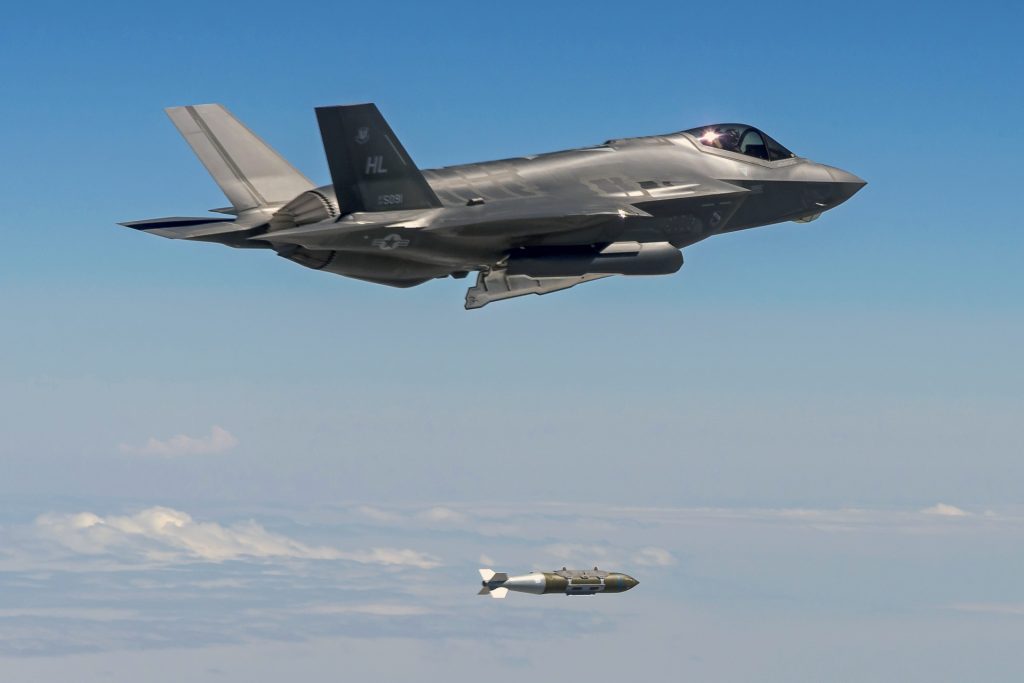
5. Budget Caps and the Readiness Squeeze
Spending limits under the Fiscal Responsibility Act have forced the Air Force to cut procurement — including six F‑35As and six F‑15EXs — to protect research and development accounts. Lt. Gen. Adrian Spain assessed that a full‑year continuing resolution could cost the service up to $14 billion, jeopardizing readiness pillars including parts, supply, training, and infrastructure. Synchronized investment across those pillars remains the key priority of the leadership in order to maintain warfighting capability, but trade‑offs are stark. As Spain noted, today’s Airmen operate with the smallest force and oldest aircraft in service history, even as China accelerates modernization and tests sixth‑generation designs.

6. Balancing 2027 Risks Against Long‑Term Needs
Lawmakers, including Rep. Rob Wittman, say the Air Force should be postured to deter China by 2027, citing intelligence on potential timelines for an invasion of Taiwan. Others, such as Secretary Frank Kendall, have cautioned against anchoring to that date at the expense of post‑2027 readiness. That tension informs budget choices today investing in next-generation systems like NGAD and the B‑21 Raider could leave near‑term force structure thin, but prioritizing current readiness risks delaying critical capabilities. The Air Force’s current path seeks a middle ground, but analysts warn that fielding three generations of fighters at once is resource-intensive and potentially unsustainable.
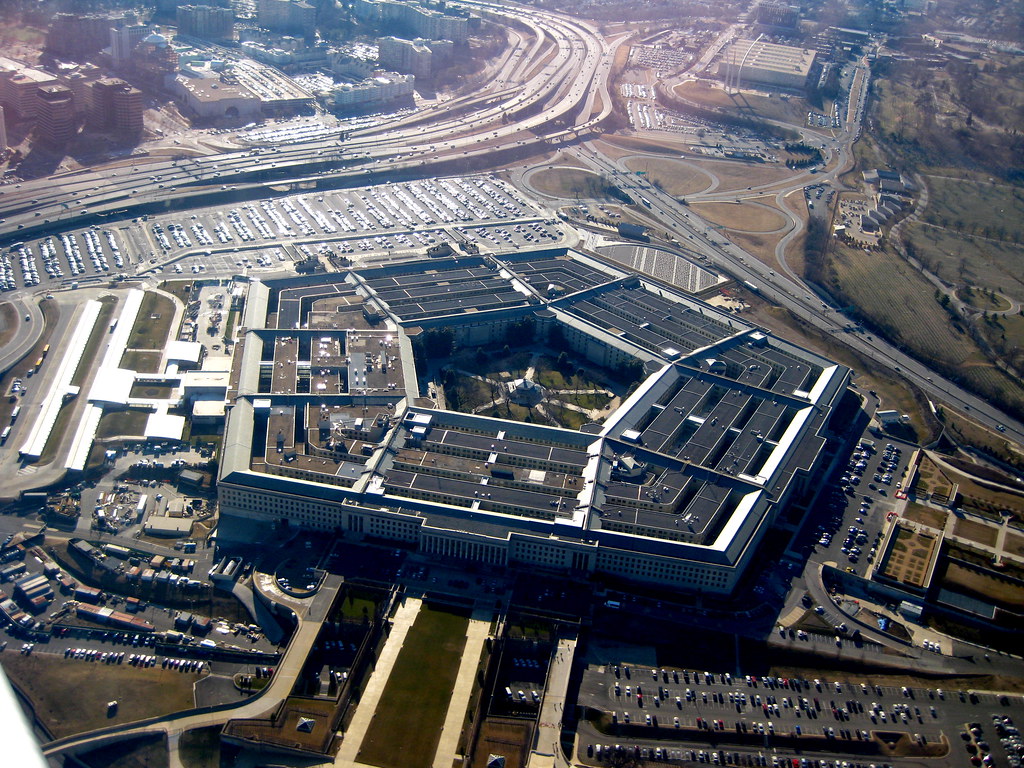
7. Contracting Safeguards Under Pressure
Provisions in the pending National Defense Authorization Act could raise the threshold for certified cost and pricing data to $10 million and expand exemptions for “commercial” items even when those items are highly customized for military use. Critics warn this would weaken oversight, citing past overcharges such as $4,000 soap dispensers. Less oversight also raises the potential for waste when new technologies, such as AI‑enabled systems, have few competitors and little transparency in pricing. Vigorous data demands and a narrower commercial definition are viewed by watchdogs as critical in safeguarding taxpayer dollars and fair pricing.
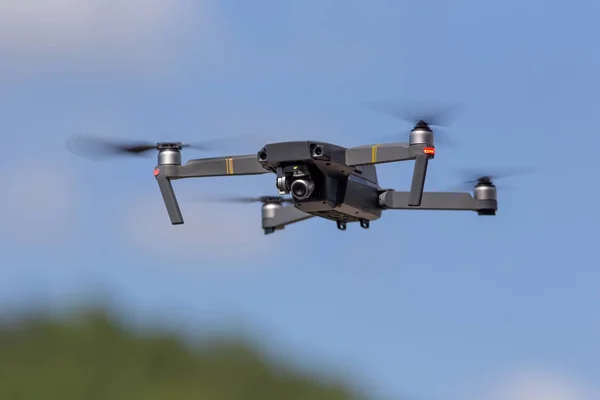
8. Leveraging Commercial Technology and Startups
The modernization push aims at tapping into private‑sector innovation, from dual‑use software to modular, open‑architecture designs. Startups like Aurelius Systems, which is working on directed energy counter‑drone weapons with off‑the‑shelf components, showcase how small firms can deliver relevant capabilities quickly when given “top cover” to take risks. The Air Force can reduce the onboarding time for non-traditional vendors by using contracting tools such as Other Transaction Authorities and commercial solutions openings. GAO has nevertheless counseled that these fast-track pathways tend to yield little actual gain in speed absent disciplined execution and sufficient in-house technical expertise.

9. Building the Workforce for Software‑Driven Warfare
Modern airpower is increasingly dependent on software that has to be updated constantly. Meanwhile, the Pentagon’s software acquisition workforce remains thin. According to GAO, as of early 2024, it has only one federal employee in its dedicated cadre. The result is a reliance on contractors, slowing the adoption of agile development practices. That will take targeted hiring, training, and funding, as well as acquisition models that allow for fast integration of software upgrades without full system re-certification. Otherwise, even the most advanced hardware could be hobbled by outdated code in any future conflict.
Breaking the Air Force’s modernization doom loop will take more than new aircraft-it demands structural change in how the service buys, fields, and sustains capability. The nine initiatives outlined here reveal a force trying to balance immediate deterrence needs with the imperative to stay ahead of peer competitors over decades. It is going to require sustained funding, disciplined execution, and the political will to hold both industry and government accountable for delivering at the speed of relevance.


